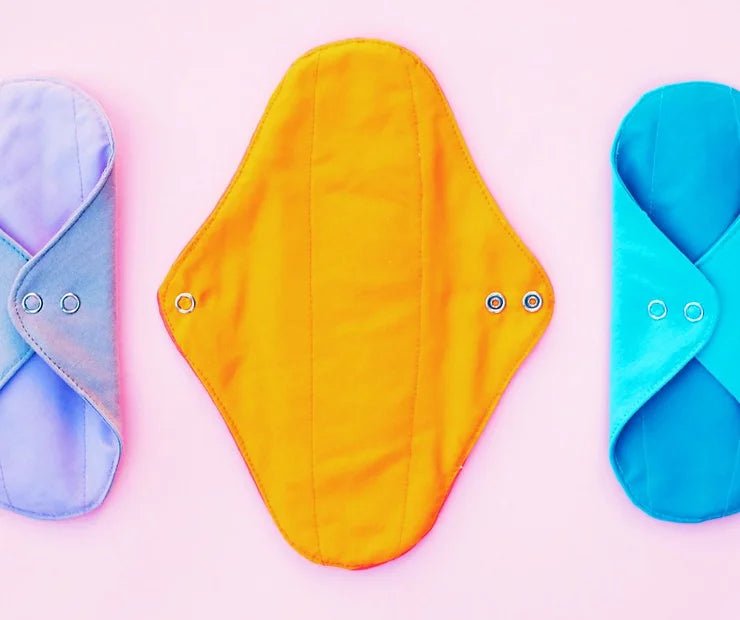Not All Reusable Pads Are Equally Sustainable: A Closer Look

When it comes to choosing reusable menstrual products, it’s crucial to understand that not all reusable pads are created equal in terms of sustainability. While moving away from disposable products is a significant step forward for the environment, the materials used in reusable pads can vary greatly and have different impacts on our planet.
The Problem with Synthetic Fibers
Many companies in the market still heavily rely on synthetic fibers such as polyester, nylon, and microfiber to produce reusable pads. These materials are often chosen because they are cost effective, and high-performing, but they come with significant environmental drawbacks:
-
Environmental Impact of Production: The production of synthetic fibers like polyester and nylon is energy-intensive and relies on petrochemicals, which contribute to pollution and the depletion of non-renewable resources. For instance, producing polyester involves a significant amount of crude oil and releases harmful emissions. Nylon production is similarly problematic, contributing to large amounts of greenhouse gas emissions and energy consumption .
-
Non-Biodegradable: Synthetic fibers do not biodegrade. When disposed of, they contribute to landfill waste and persist in the environment for hundreds of years. Polyester, for example, can take up to 200 years to decompose . This long-term environmental footprint is a major concern for sustainability.
-
Microplastic Pollution: Washing synthetic fabrics releases microplastics into waterways, which are harmful to aquatic life and ecosystems. Microfibers from textiles are a significant source of microplastic pollution. According to the International Union for Conservation of Nature, around 35% of microplastics in the ocean come from synthetic textiles .
Inoya’s Commitment to Sustainability
At Inoya, we believe that true sustainability goes beyond simply offering a reusable product. Our commitment to the environment is reflected in our choice of materials and continuous innovation:
-
GOTS Certified Organic Cotton: We use 100% certified organic cotton in the top and inner absorbent layers of our pads—the parts that touch your body. This certification ensures that our cotton is grown without harmful chemicals and processed in a socially and environmentally responsible way.
-
Avoiding Synthetic Fibers: Unlike many other brands, we prioritise natural fibres wherever possible—because what touches your body (and ends up in landfill) matters. Our choice to use organic cotton ensures that our products can break down naturally at the end of their life cycle.
-
Continuous Innovation: Our pads use a discreet leakproof layer to keep you dry—because comfort and confidence matter too. But we’re constantly innovating to reduce environmental impact across the full product lifecycle.
Conclusion
Reusable doesn’t always mean sustainable. That’s why we go beyond the basics—prioritising natural, certified, and ethically made materials that are better for your body and better for the Earth.
References



Leave a comment